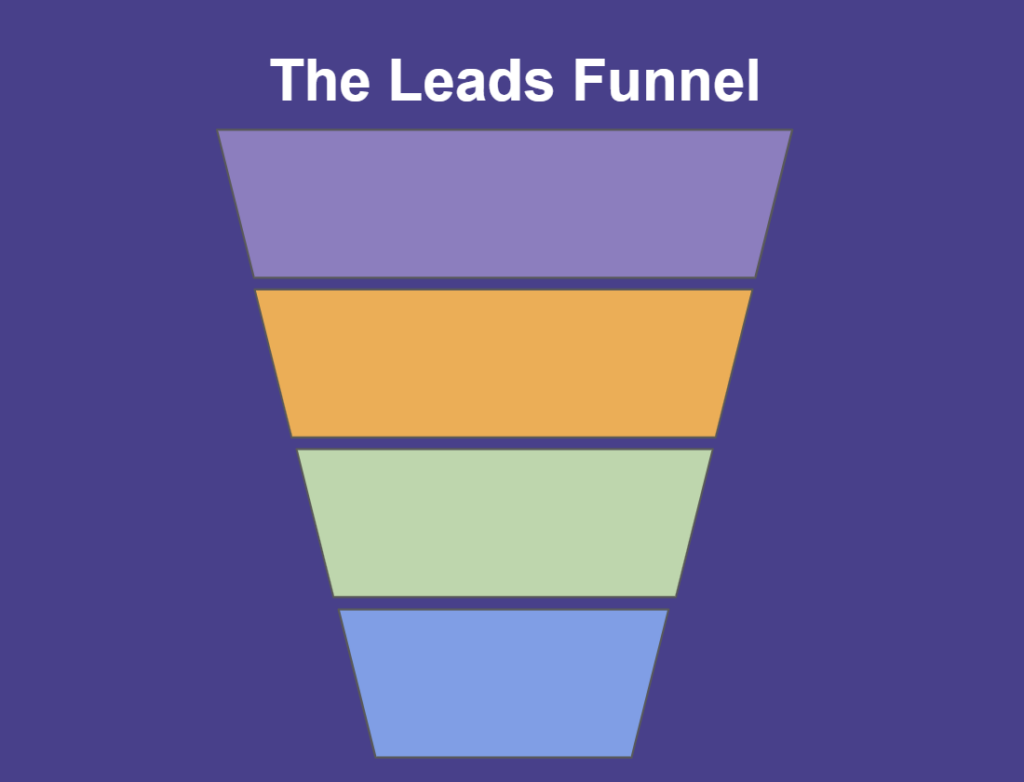


If you are an expert (coach, consultant, author, skilled professional, etc.) then content marketing is a great way to build and market your expertise.
Doing so helps you:
However most of us find content marketing extremely challenging.
We start well but then our efforts stall within a few weeks.
In this post we will show you how to create and execute a content marketing plan that is more organic, easy to build, and very effective. This concept of building an expert brand is also called Authority Marketing.
For experts like coaches and consultants, content marketing often feels frustrating and daunting. Not because they lack ideas, but because their expertise has not been translated into a model that is aligned to their lead generation or growth funnel.
As a result, they end up producing content “just to stay active”. It’s better than nothing but it feels more like an obligation than a planned effort.
Common pitfalls include:
Running into writer’s block.
This leads to posting inconsistently or without a clear funnel tied to your buyer’s journey. A blog one week, a motivational quote the next – but lacking a structured path that moves your audience from awareness to action. For example, if you are a business coach, sharing “3 habits of successful leaders” or personal war stories is helpful, but it should also tie back to your own unique methodology or offer.
Undifferentiated messaging
Many experts fall back on “staying visible”. But this often doesn’t work because their posts are not reaching new audiences. And within a few weeks or months, the efforts fade and so does the visibility. Without a distinct point of view or framework, even great content dosn’t standout.
Letting content slip due to client delivery work
When you’re buried in sessions or project work, content becomes an afterthought. This leade to rushed posts like “New month, new goals!” or reposting an old article just to stay visible. These posts don’t expand your reach.
The root issue? Experts must turn their know-how into a repeatable, visual framework that others can easily grasp and act on.
“Content marketing is using useful content to build your brand and engage clients into a mutually beneficial conversation.”
So if we align content marketing with our expertise, it’ll thrive. We must focus on “showing how to solve a problem that our target audience faces”.
There are just 3 steps to ensuring that you will successfully execute your content marketing plan and also drive sales results.
As you execute step 2, you can also add more bells and whistles to your posts. These could be optimizing for SEO, creating different formats such as an infographic or a checklist etc.
Don’t stop doing step 2 and step 3 in a loop until you have addressed all aspects of step 1.
And don’t spend too much time on step 2 either. Your content can be glamorous, but being helpful is more important.
Now let’s explore these topics one by one so you have more clarity.
This should come naturally to most of you.
It’s as simple as taking your knowledge & expertise and translating it into a questionnaire or a checklist.
That’s what a maturity model is.
Here are some examples to better understand this:
As an expert helping your clients, you are in the best position to create this questionnaire.
Remember to keep it simple – no more than 8-12 questions, or 3-5 dimensions with 3-4 questions each. The questions should be easy to answer.
Don’t try to cover everything but just the most important items.
As you get engaged with your clients, then you can create more sophisticated questionnaires or needs assessments.
It’s very useful during client and prospect meetings. It gives your sales team a little more than a presentation to talk to, and so it generates actionable and meaningful follow ups.
If you’ve ever had writer’s block, you know how it’s like to look at a blank screen.
However, with the approach outlined in this post, you will say goodbye to writer’s block.
You have already broken the problem down into smaller parts and addressed it in your assessment or maturity model. Now all that is left is to take each part and tell your clients how to address it.
You can follow this effective format for your blog posts:
PS: Take the questions in your assessment, put them on 1 page, add image and title, convert to PDF, and you have a checklist! Make it available for download on your website! It’s a lot more than most people do.
This step delivers the ROI for you.
Relying only on SEO needs significant investment of time even if you have something unique to offer.
For example, this blog post is buried deep inside Google search results. No one can easily find it. We think this is a unique take on content marketing, but Google is not very intelligent right now so it doesn’t show it. And we have to look for other channels.
But this is still a long game as much as you’d like quick results. So, don’t ignore SEO, but do these as well:
The key for all of these is to be consistent but keep looking to improve your reach.
If you’d like to be more creative then use a storytelling format.
Whatever you choose, just get started.
That’s all there is to it – create a framework, make an assessment or quiz out of it, and then communicate the framework in a way that is helpful to your clients as they try to solve a problem.
This kind of approach also has a psychological aspect to it. It builds trust and positions you as an anchor in your customers’ minds. So they keep coming back to you as they make a decision to buy.
If you want to try out this approach for your business, then get started with a 2 weeks trial with Evalinator!
We’re here to help.
Good luck!

Feeling frustrated with lead generation?
Take this free, 5-minute quiz and get more prospects into your leads funnel.
Instant Results. Actionable recommendations. Email required.
Find Your Score >>